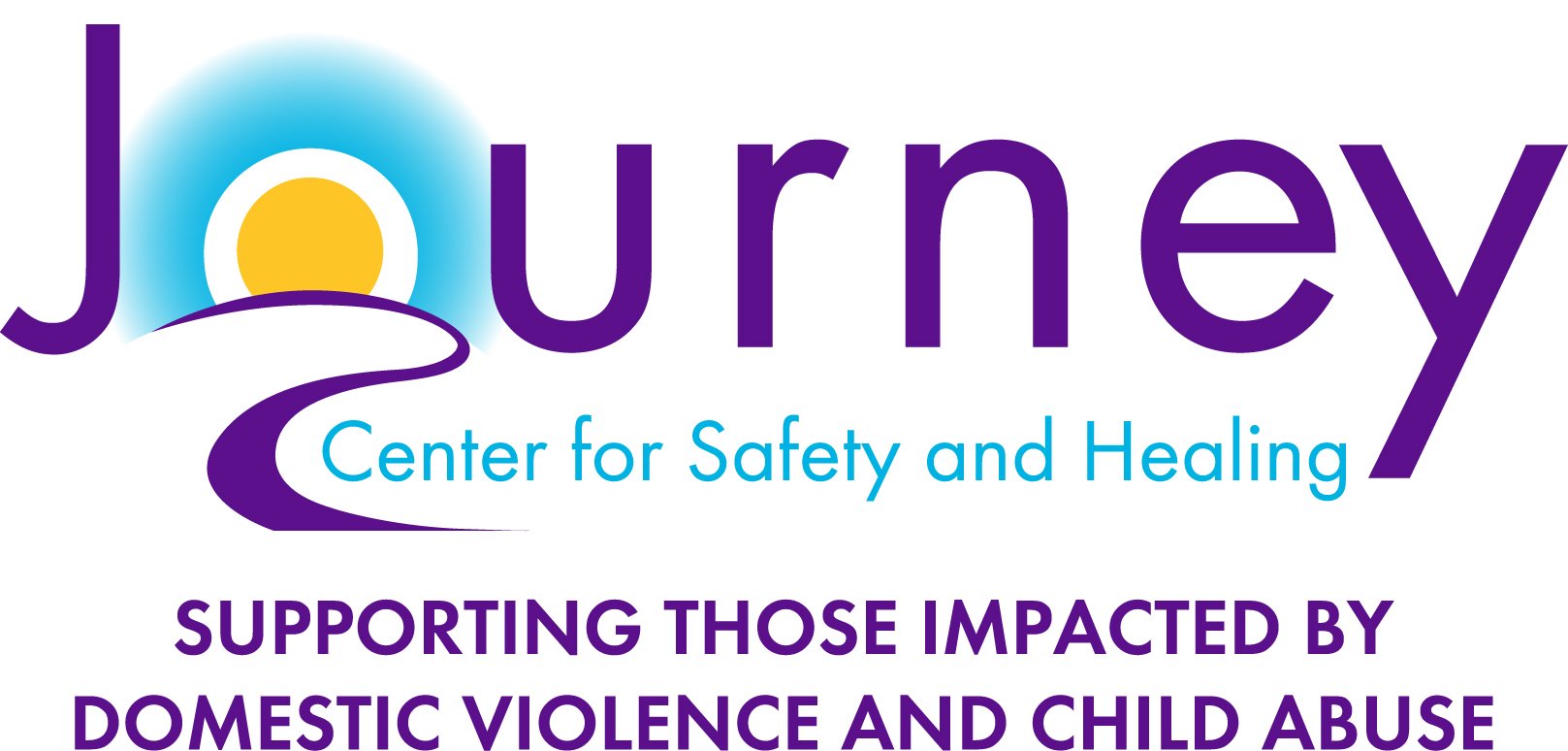Let's Talk: What is Domestic Violence?
At its core, domestic violence is a pattern of behaviors used by one partner to gain and maintain power and control over another. To better understand the different types of domestic violence, let's explore its various forms: verbal and emotional abuse, financial abuse, digital abuse, physical abuse, and sexual abuse.
Verbal and Emotional Abuse
This form of abuse refers to any non-physical behaviors an abusive partner utilizes to manipulate or control their partner's feelings and actions. Common tactics include:
Name-calling or belittling
Threats and intimidation
Gaslighting: making the victim doubt their own perceptions or feelings
Isolation: cutting off the victim from friends, family, or support systems
Controlling what you wear or how you look: including clothing, makeup, or hairstyles
These actions can instill fear in the victim, weaken their self-esteem, and create a sense of helplessness. Verbal and emotional abuse is often subtle and can go unnoticed by those outside the relationship, making it especially difficult for victims to seek help.
Financial Abuse
Financial abuse is a less commonly discussed form of domestic violence, yet it significantly impacts a victim's independence and ability to leave an abusive relationship. In fact, financial abuse occurs in 99% of domestic violence cases. This type of abuse involves the manipulation of finances and resources to control a partner. Tactics can include:
Withholding money or giving an allowance
Controlling access to financial resources, including bank accounts
Ruining the victim’s credit score or creating debts in their name
Financial abuse can trap individuals in a cycle of dependency, making it extremely difficult for victims to escape their situations, particularly when they lack access to resources.
Digital Abuse
Digital abuse has become a form of domestic violence where an abuser misuses technology to bully, harass, stalk, or intimidate a partner. Examples of digital abuse include:
Sending threatening messages via text or social media
Monitoring a partner’s activity online, through their devices, and even in the home
Using social media to spread rumors or shame the victim
This form of abuse can feel constant, as the victim is often exposed to their abuser's tactics through devices that they rely on for communication and connection.
Physical Abuse
Physical abuse is perhaps the most obvious and recognized form of domestic violence. It involves any intended and unwanted physical contact with the victim or an object within the abuser's control. This can show up as:
Slapping, hitting, kicking, and pushing or shoving
Using weapons or objects to inflict harm
Destroying property or objects
Disrupting their partner’s sleep and/or preventing them from eating
Physical violence can lead to severe injuries and sometimes even death. It's crucial to understand that physical abuse is part of a wider pattern of control and often escalates over time.
Sexual Abuse
Sexual abuse involves any actions that an abuser uses to persuade, force, or coerce their partner into sexual activity—regardless of the partner's consent or willingness. This form of abuse can take various forms, such as:
Rape or sexual assault
Manipulating a partner to engage in unwanted sexual activities
Using sex as a form of control or punishment
Refusing to use, lying about, or disrupting access to birth control and/or disrupting access to healthcare
Sexual abuse can have lasting psychological and emotional consequences, damaging a victim's sense of independence and self-worth.
Understanding the different forms of abuse allows us to recognize the signs and support those who may be suffering in silence. Remember, everyone deserves to feel safe and valued in their relationships. Let us work together to raise awareness and foster a culture of respect, support, and accountability.
If you or someone you know has been impacted by domestic violence, we are here for you. Our 24-Hour Helpline is always available.
Call or text our 24-Hour Helpline: 216.391.4357 (HELP) or live chat.
